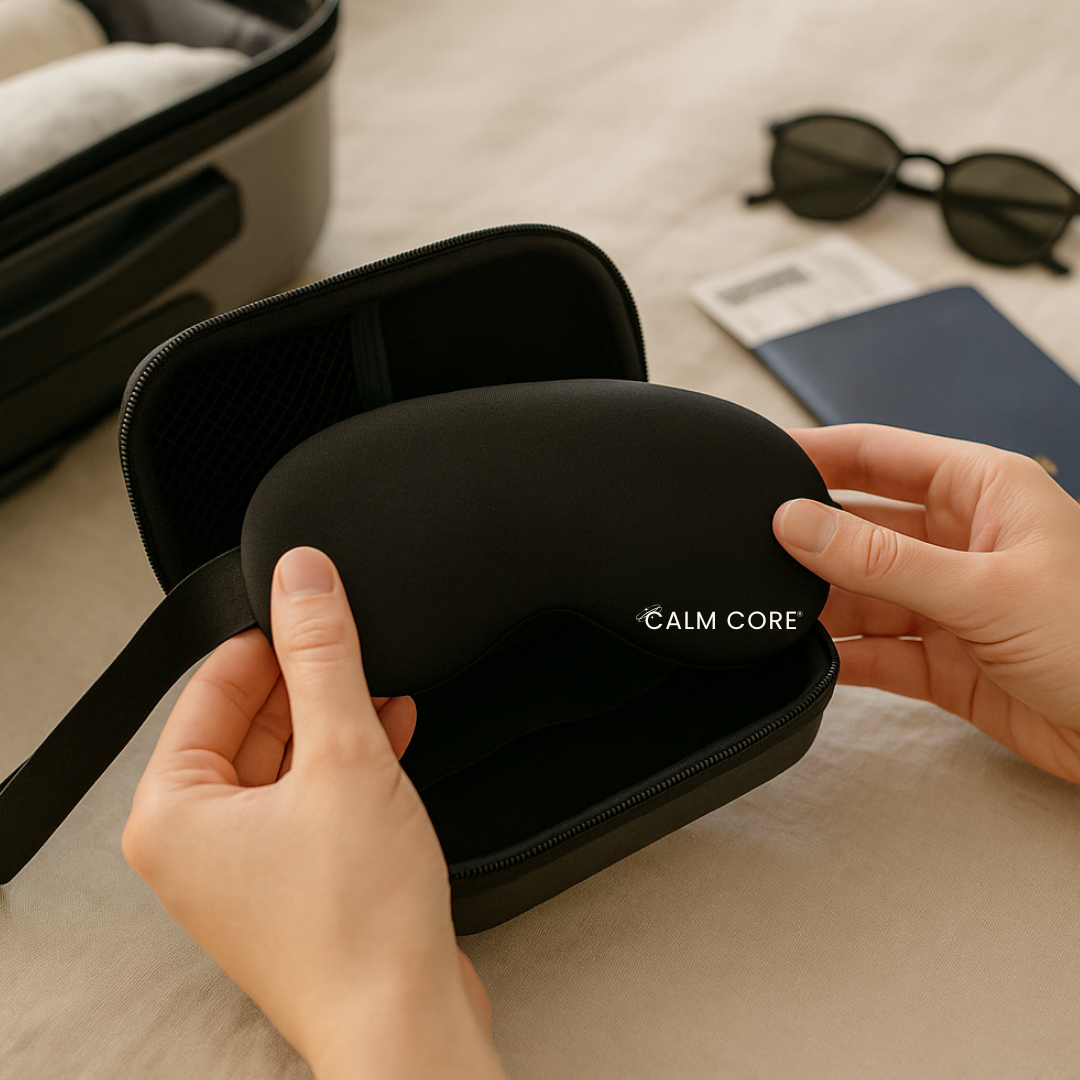Compression therapy is one of the most effective natural methods for managing pain, reducing swelling, and supporting recovery. By applying gentle pressure, compression improves circulation, eases inflammation, and provides stability to joints and muscles. While it is powerful on its own, pairing compression therapy with the right exercises and stretches can enhance its benefits and promote long term mobility. Together they create a routine that not only relieves discomfort but also strengthens the body to prevent future issues.
Why Movement Matters with Compression
When pain or stiffness strikes, it is tempting to stay still. However, movement is essential for recovery because it helps maintain flexibility and keeps blood flowing to affected areas. Compression provides stability and comfort, allowing gentle movement without added strain. Combining the two can speed up healing and reduce the risk of chronic stiffness.
Gentle Knee Exercises
Knee pain is common after activity or from conditions such as arthritis. Simple movements like seated leg raises or slow bends while lying on the back help keep the joint mobile. With compression therapy applied, the knee feels supported and less likely to swell, which encourages consistent and safe practice. Over time, these exercises strengthen surrounding muscles and reduce pressure on the joint itself.
Elbow Mobility Work
For people experiencing discomfort in the elbow, light stretches and range of motion exercises are valuable. Slowly bending and extending the arm or rotating the wrist in gentle circles helps maintain flexibility. Compression therapy stabilizes the joint and reduces irritation during these movements, making them more comfortable and effective.
Wrist Flexibility Stretches
Wrist pain is common among those who type, write, or use their hands repetitively. Gentle stretches such as pressing the palm against a flat surface and leaning forward slightly can relieve tension. With a compression wrap in place, swelling is minimized and circulation is improved, which allows the joint to recover more quickly while still moving naturally.
Back and Shoulder Tension Relief
Muscle tension in the back and shoulders can often be reduced through stretches that open the chest and lengthen the spine. Simple movements like reaching both arms overhead or rolling the shoulders backward ease tightness. When combined with compression wraps that can be warmed for heat therapy, these stretches become even more effective in loosening muscles and reducing discomfort.
Creating a Safe Routine
Exercises and stretches should always be performed gently and without forcing movement. The goal is to support the body, not to create additional strain. Compression therapy provides stability, but it is important to listen to the body and stop if pain increases. Over time, regular practice builds strength and flexibility, which reduces the likelihood of future injuries.
Final Thoughts
Compression therapy is a powerful tool for managing pain and promoting recovery, but its benefits grow even stronger when paired with safe exercises and stretches. Gentle movement helps keep joints flexible, strengthens supporting muscles, and reduces the chance of recurring problems. At Calm Core, our gel compression wraps are designed to provide both support and hot or cold therapy, making them the perfect companion for a well rounded recovery routine.
👉 Explore Calm Core’s collection of compression products and start combining therapy with movement for lasting relief at CalmCore.




Leave a comment
All comments are moderated before being published.
This site is protected by hCaptcha and the hCaptcha Privacy Policy and Terms of Service apply.